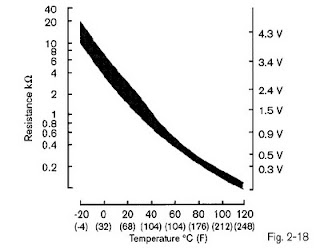Wind Up

I was having a sandwich lunch down at Tyrella beach on the Co Down coast back in late September and went for a walk afterwards and found this thing half-buried in the sand. It turned out to be a boat immersion heater of some sort (I don't own a boat so maybe someone can enlighten me). There was an electrical element and 2 pipes coming out of the top and the bottom connection you can see in the photo. It must have been thrown overboard (assuming the boat it was on didn't sink!), maybe after being replaced. It had been in the sea a while by the looks of it, but being stainless steel it has started to polish up quite nicely. The lid is held on by 6 bolts and I gutted all the old gubbins out of it to get the cylinder itself. Willis Solasyphon Anyway, the basic plan is to wind 1 or 2 tight coils of 8mm microbore copper pipe like in the photo above and make a heat exchanger out of the cylinder. I've had a go at winding this type of coil before and it isn't easy, but I'd ...
.JPG)


.jpg)











.jpg)
.jpg)












